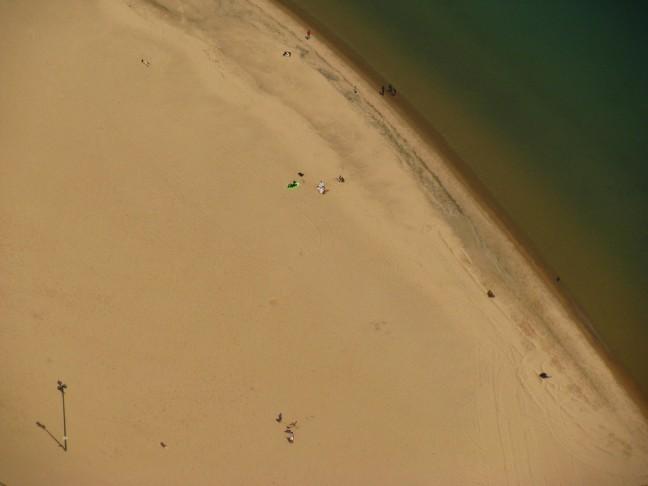The emergence of green algae in Wisconsin lakes has drawn statewide attention to the long term effects of phosphorous, the chemical that spurs the growth of these damaging algae deposits.
The Department of Natural Resources is considering adding 192 bodies of water polluted with unsafe levels of phosphorous to this year’s Impaired Waters List, which the state is required to compile every two years.
Aaron Larson, a DNR spokesperson, said this year’s list currently includes a total of 856 bodies of water that have been added because they did not meet water quality standards.
David Hunt, spokesperson for environmental group Clean Wisconsin, said the lists have significant implications for the state.
“These impaired waterways lists can come off as a disappointment because you’re looking at pollution in your state and in your natural resources,” Hunt said.
Hunt said the phosphorous currently polluting these bodies of water and the resulting algae growth has the potential to hurt property values, tourism and recreational opportunities.
High levels of phosphorous in some of the impaired bodies of water also make them ineligible for recreation and fishing, Larson said.
Just one pound of phosphorous is enough to make 500 pounds of green algae, which Hunt said is both unsightly and damaging to life in the waterway.
“It’s disappointing to see more waterways on the list, but at the same time this is a moment for us to embrace an opportunity brought by challenge,” Hunt said.
While 192 additions to the list is a significant increase, Larson said looking at listings and changes over time is not a good measure of water quality in the state.
Bodies of water can be listed multiple times on the list if they violate multiple different water quality standards. Larson also noted some lakes that had been listed in the past could have been re-listed this year to account for phosphorous levels.
“Phosphorous levels could actually be getting better in listed waterways,” Larson said. “There’s some work to do, but overall we are making progress on a lot of different fronts.”
Larson said the next step after listing impaired waterways is to develop a watershed-based restoration plan for the polluted bodies of water.
The DNR will develop comprehensive plans to look at the sources of pollution and reduce them to meet state standards, after which the Environmental Protection Agency will approve them, Larson said.
“We’re hopeful that what the expansion of the impaired waters list would do is show there is opportunity and challenges to do better,” Hunt said.
[Photo by Flickr user alex_ford]













